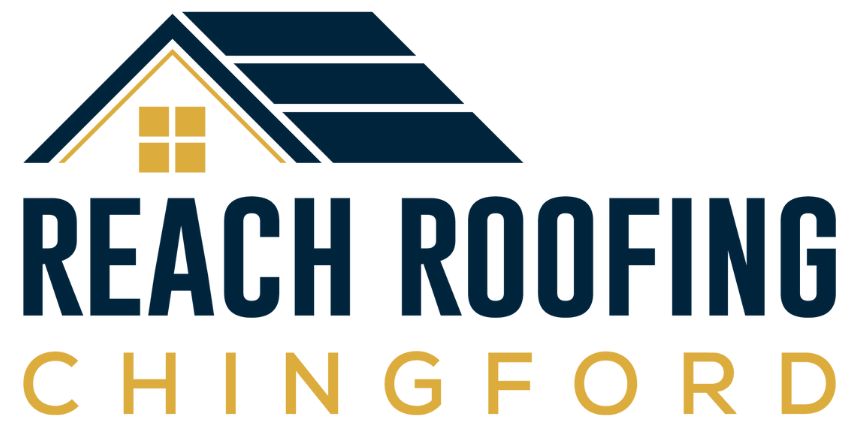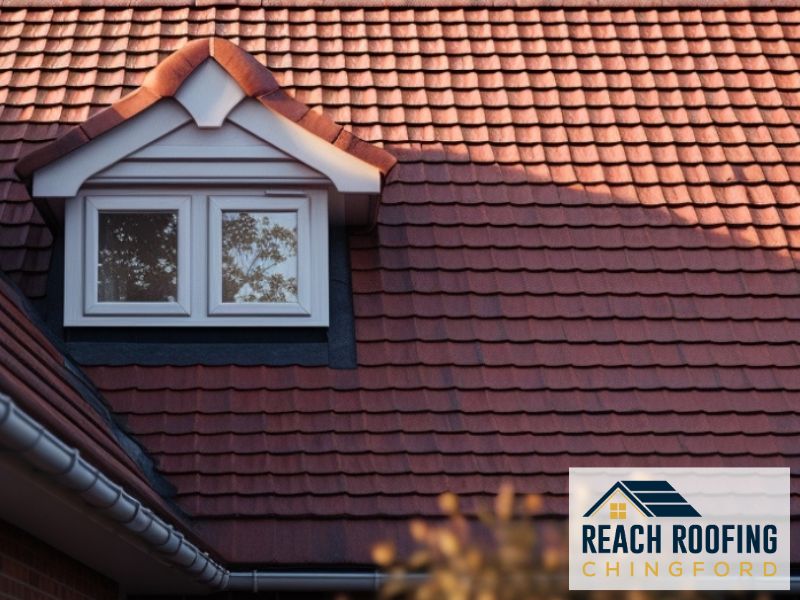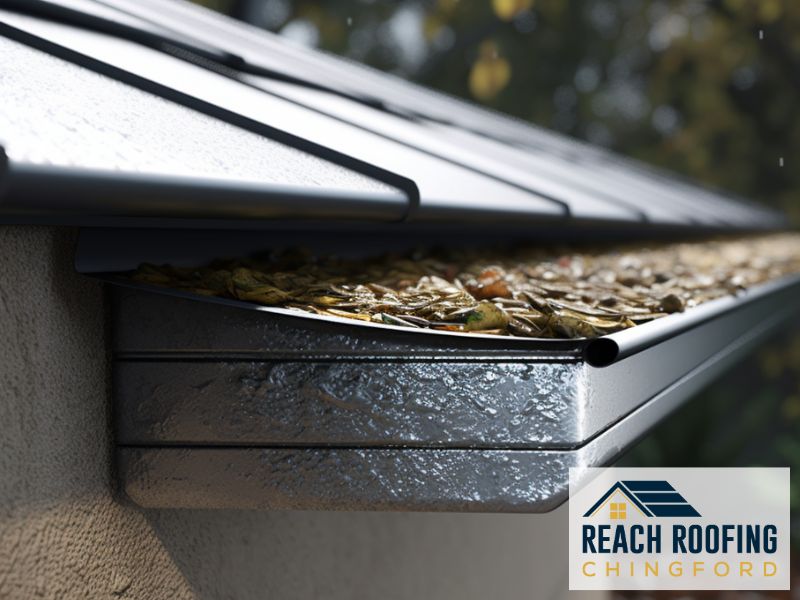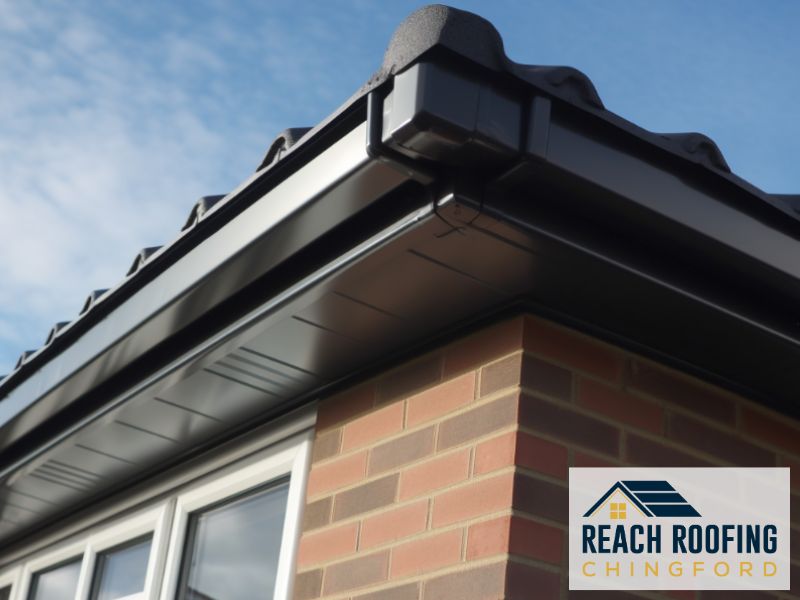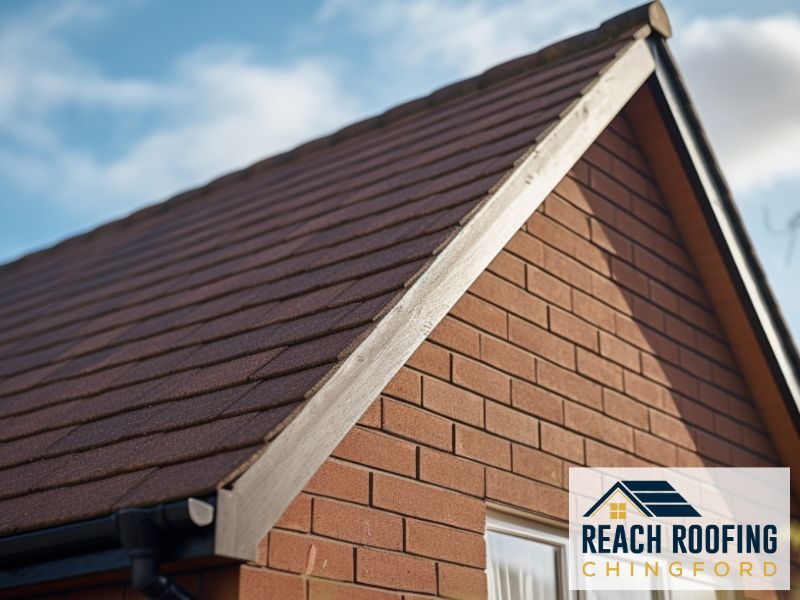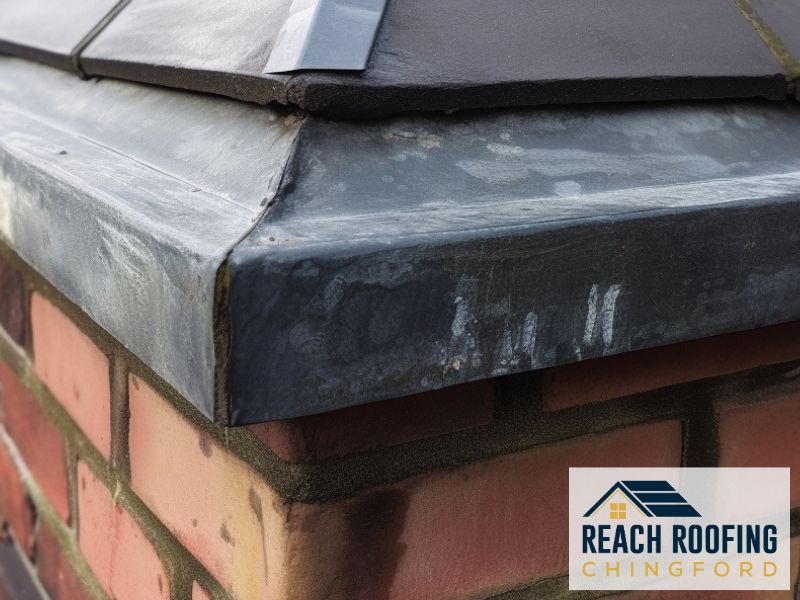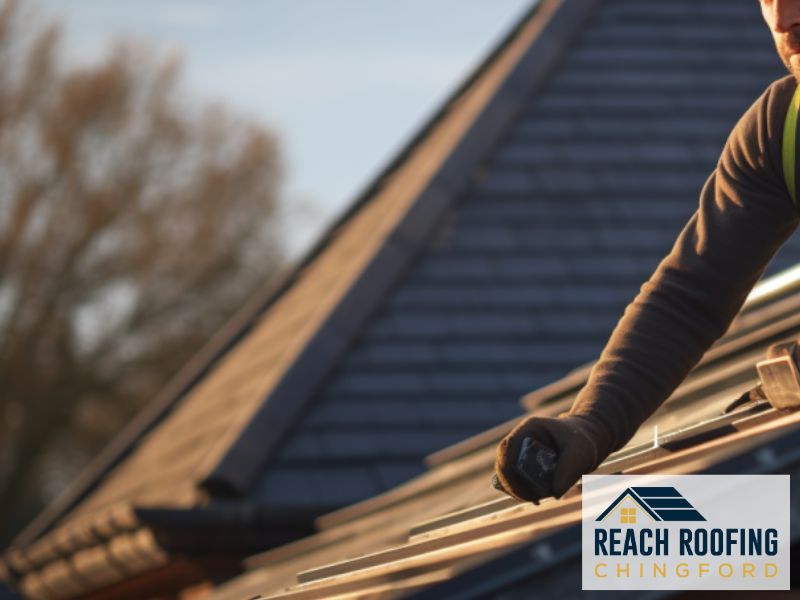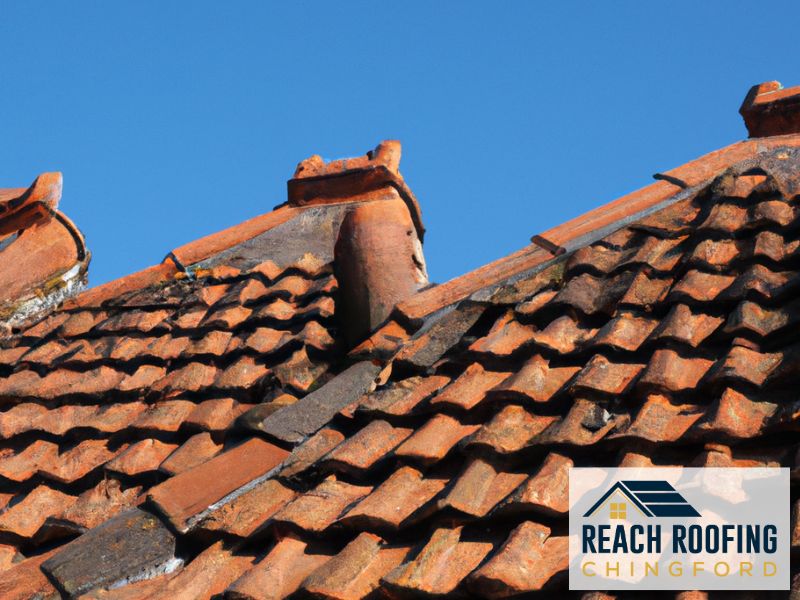Roof ventilation refers to systems and techniques used to circulate external air through the attic or loft space of a building. Effective roof ventilation serves several critical functions – it regulates attic temperature, prevents moisture buildup, prolongs roof lifespan, and enhances energy efficiency. This article explores the purpose and importance of proper ventilation for UK roofs specifically.
Importance of Roof Ventilation
Effective roof ventilation provides a number of structural and functional benefits:
Regulation of Temperature
By facilitating convective air currents, ventilation prevents heat buildup in the attic space during hot weather. This regulates temperature and reduces the load on air conditioning systems.
- Poor ventilation can lead to attic temperatures in excess of 150°F during summer heatwaves. This heat radiates downwards raising internal home temperatures.
- Proper ventilation maintains the attic space closer to the external ambient temperature year-round lowering summer cooling costs.
Moisture Control
Ventilation also controls humidity and condensation within the attic space.
- The moist maritime climate of the UK increases condensation risks. Ventilation regulates the attic moisture level preventing condensation.
- Condensation can lead to mold growth, mildew, and eventually structural damage if unchecked.
Additionally, controlling attic humidity enhances the effectiveness of loft insulation. Wet insulation loses some of its ability to retard heat flow.
Prolonging Roof Lifespan
By regulating attic temperature and humidity, effective ventilation protects the physical integrity of the roof structure.
- Ventilation inhibits shingle deterioration by preventing large temperature fluctuations that cause expansion and contraction stress.
- Regular air circulation drying excess moisture protects roof elements from warping, decay, and mold growth.
These measures minimize the impact of extreme weather events like storms, freezing rain, and winter snowmelds extending the functional lifespan of the roof.
Types of Roof Ventilation Systems
There are two main approaches to ventilating a roof – passive ventilation and active ventilation. Many roofs also incorporate a hybrid strategy combining elements of both.
Passive Ventilation
Passive ventilation relies solely on natural air movement to drive circulation.
- Turbines and ridge vents are common passive ventilation systems in the UK climate.
- Passive elements require proper roof structure and design to facilitate airflow. The effectiveness drops dramatically in low wind conditions.
Active Ventilation
Active ventilation uses fans and other mechanical air-movement systems.
- Powered turbines, roof vents, and soffit fans are typical active ventilation approaches.
- Active ventilation provides a consistent level of airflow regardless of environmental conditions. But the systems require an energy source to operate.
Hybrid Ventilation
Combining both passive and active elements creates the most resilient ventilation system.
- Passive ventilation handles airflow during normal conditions
- Supplemental fans provide guaranteed circulation during peak summer heat or high humidity
- This balanced approach maximizes airflow while minimizing energy consumption
Factors Influencing the Effectiveness of Roof Ventilation
Multiple variables impact ventilation efficacy – mainly attic design, roof construction, and regional climate patterns.
Roof Design
The shape and slope of the roof impact natural air currents.
- Steeper roofs facilitate better airflow and passive ventilation. Flat roofs often require active systems.
- Long ridges allow efficient heat and moisture dissipation while complex rooflines create pockets where ventilation struggles.
These factors help determine the spacing, quantity, and type of ventilation systems needed.
Local Climate
UK weather patterns also influence ventilation system design.
- The temperate maritime climate lacks extreme temperatures but brings heavy rainfall and storms.
- Maintaining attic airflow during low winds and winter snowmelds presents regional design challenges.
Hybrid approaches help ensure adequate ventilation despite variable conditions.
Maintenance Practices
Like any home system, roof ventilation requires periodic inspection and upkeep to remain effective.
- Debris accumulation, frost closure, wildlife nests, and other issues can restrict airflow over time.
- Checking and clearing ventilation systems helps them work as intended year after year.
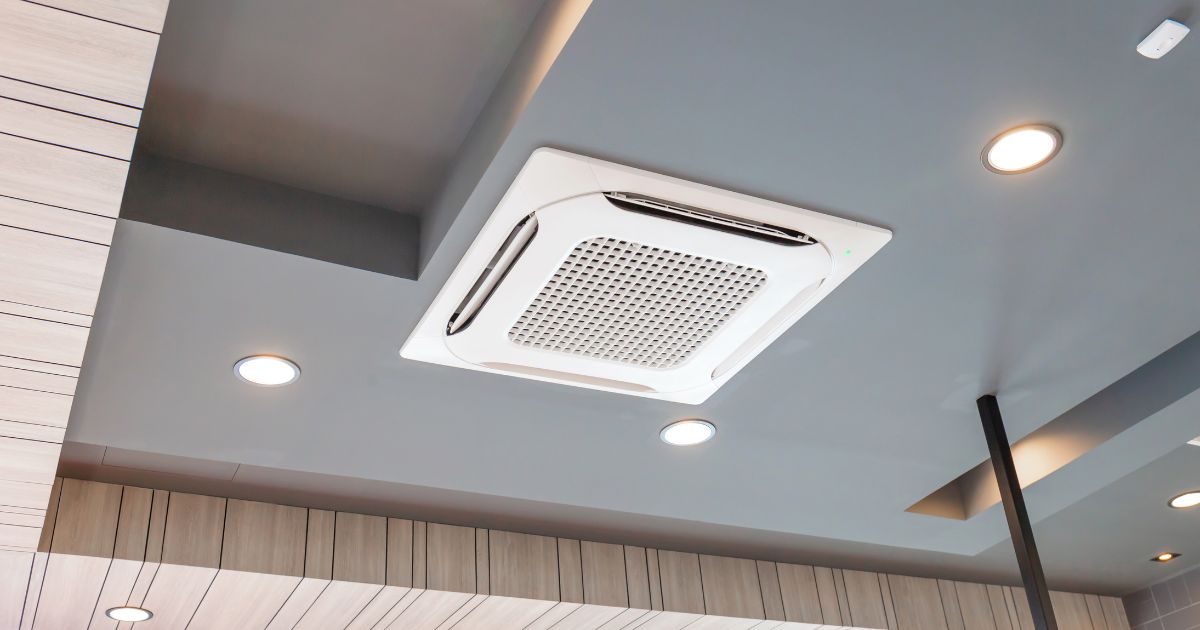
Frequently Asked Questions
What are the signs of poor roof ventilation?
- Mold or mildew – Dark fungal growth on roof rafters or sheathing
- Wet insulation – Moisture beading on insulation indicates condensation
- Ice dams – Icicles or ice build up at roof edges during winter
- Rotting rafters – Wood roof structure decaying or softening
These symptoms indicate substantial moisture accumulation signaling insufficient airflow.
Can roof ventilation reduce energy costs?
Yes, proper attic ventilation improves home energy efficiency. Preventing summer heat buildup reduces air conditioning demands. Well-ventilated attic insulation also retains better insulating properties cutting winter heating requirements. Most studies show a 10-50% drop in annual energy costs from an effectively ventilated attic.
Are there government regulations for roof ventilation in the UK?
Yes, UK building codes include minimum roof ventilation requirements. All new construction and renovations must comply with regulations mandated by Building Regulations 2010 and other statutory instruments. Additionally, homes may need upgraded ventilation to meet more stringent standards for energy efficiency ratings.
How often should roof ventilation systems be inspected?
Industry best practice recommends inspecting attic ventilation systems at least twice per year – spring and fall. Check for any blockages, damage, deterioration, or animal nests that could impede airflow. Also confirm insulation remains properly installed and in good condition. More frequent inspections after major storms are also wise.
Can roof ventilation prevent ice dams in the winter?
Yes, effective ventilation reduces the incidence of ice dams. By preventing attic heat buildup, proper ventilation inhibits snow on the roof from melting. This minimizes meltwater that can refreeze at uninsulated eaves and gutters forming ice dams that force more melting and leakage. Maintaining consistent winter attic temperatures is key to preventing ice dam water infiltration.
Roofers Chingford explains that effective roof ventilation is crucial in the UK to prevent moisture buildup, extending the life of your roof.
Thanks for reading our post, feel free to check out our other services:
- Chimney Repairs
- Commercial Roofing
- Flat Roofing
- Guttering, Soffits and Fascias
- Lead Roofing & Leadwork
- Pitched Roofing
- Roof Repairs
- Roof Replacement & New Roofs
- Skylights & Roof Windows
- Slate Roofing
